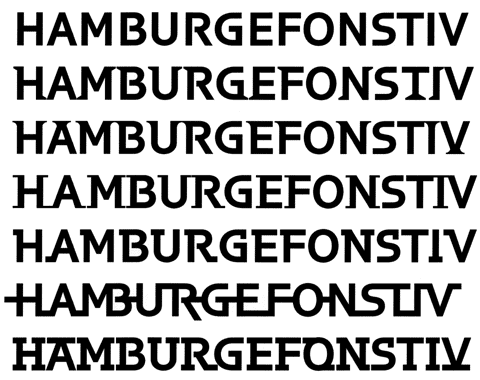
When recently asked for our “teaching philosophy” when it comes to online journalism, our complete response was “Get them doing it!”
Apparently this was the wrong answer, since we are not presently teaching journalism. Their loss: When it comes to online media, you learn by doing. At least in the sphere of text; graphics do require an eye and specific expertise. How do you make a Web page? By making one. How do you write a Weblog? By writing one.
Yes, of course, most such efforts will end up resembling all the existing efforts, at best. You’ll end up with a zillion Blair Witch Projects, or Kurt Vonnegut novels, or Creed albums. (According to world-renowned gravel-voiced philosopher Greg Graffin, it’s a Markovian process, though his claim is disputed.)
While Steve Jobs is all hot to put moviemaking in people’s hands, the talent required to make a passable video is above most people’s heads. But the talent required for a useful or enjoyable online site is quite low. (Proof? Am I Hot or Not? The thing’s a mess, and it’s been parodied all over the place, but it’s original and was easy to put together.)
Learning-by-doing is mere copycatting in drag. But if you spend a lot of time playing with the tools, you might strike gold. The elite few with original ideas will put them into place. Example? Snap-on serifs.
Back in the day, the absolute dean of contemporary and indeed historical type design, Matthew Carter, produced a bespoke eponymous typeface for the Walker Art Center. The face came equipped with a subfont of serifs you could attach, or snap on, to any character you pleased.
Through the magic of Andy Crewdson, we can now show you a specimen:
 |
Walker graphic-design students, in whose young lives computer-manipulable typefaces had always existed, did crazy things like attaching serifs to the letter O. Oh, those kids! Who would have thought?
For some media, then, to do is to learn. (This philosophy underlies the old IBM Writing to Read program, for which we could find no worthwhile online references.)
Don Norman, the acceptable face of Jakob Nielsen, endorses learning-by-doing.
Much modern research in cognitive science shows that people learn by doing. So it is very important that people learn not by reading a book, and not by listening to a lecture, but by doing tasks that can engage the mind.... In a traditional course, the students do not know why they are reading the material. They may be reading because the professor said “read this material.” What we try to do in UNext is we give the students a problem to solve. Now when students read the material, they know the goal; they are trying to find the information that will solve their problem.
In effect, then, to produce Shakespeare, you must equip thousands of monkeys with typewriters. Comparisons with the growth of Weblogging are solely your own.
Posted on 2001-03-05